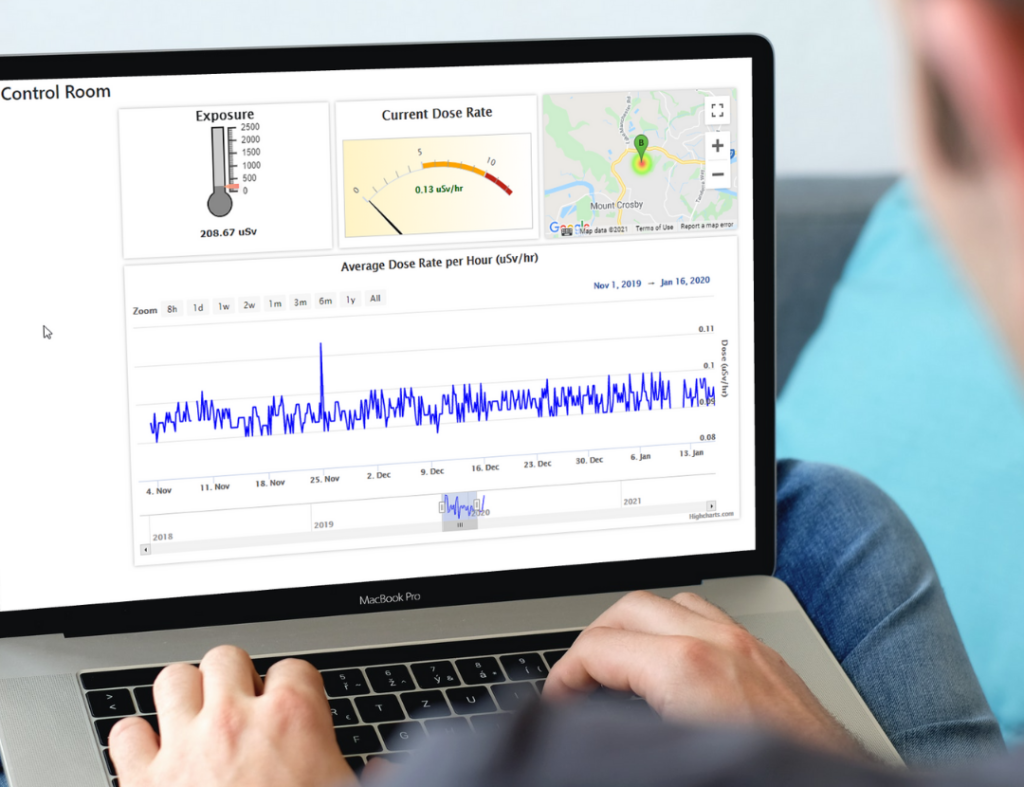Ionising radiation comes from both natural and manmade sources and travels in the form of electromagnetic waves. This type of radiation has a shorter wavelength and higher frequency. An example of this are X-rays which have been very useful in the medical field and industry.
For any type of radiation we are exposed to, it’s important to be aware of the potential risks associated with it and take appropriate measures to minimise exposure.
But first, what does ionising radiation do to our body?
Small Doses of Ionising Radiation
The ionising radiation humans are exposed to are sourced from medical diagnostic procedures or natural background radiation. Small doses are part of our everyday lives and our bodies are designed to repair damages from these everyday minimal exposure.

Background radiation is emitted by naturally occurring radioactive materials (NORM) in the ground, water, and even the human body. There’s uranium, thorium, potassium, and decay products like radium and radon. When we travel by plane, we also get exposed to cosmic radiation. The higher you go, the higher the radiation levels.
When the natural radioactivity of a material is increased as a result of industrial processes, this radiation source becomes a technologically enhanced NORM or TENORM. Examples are the activities in the coal industry and fertiliser industry.

High Doses of Ionising Radiation
Ionising radiation can break the chemical bonds that hold molecules together like DNA. When the DNA is damaged, it can lead to mutations that can cause cancer. This is the possible long-term effect of ionising radiation exposure. This is categorised as a stochastic (probabilistic) effect. It may not necessarily lead to harm, but there’s a probability of a cancer forming or a mutation occurring.

For short-term effects, extreme doses received in a short period of time can have serious and immediate damages. The acute effects include nausea, fatigue, skin damage and in extreme cases, fatal radiation sickness. Vital systems could stop functioning.
Exposure Pathway
Exposure to radiation can either be external or internal.
External radiation exposure occurs when the source is outside of the body, such as an X-ray machine. While it can penetrate into the body, it can cause damage to the skin and other tissues on the surface of the body.
On the other hand, internal radiation exposure occurs when the radioactive material is inhaled, ingested, or absorbed. It can happen by breathing in radioactive particles or accidentally consuming contaminated food or water.
Children’s Sensitivity to Ionising Radiation

Because their bodies are still growing and developing, children are more sensitive to radiation exposure. Equipment settings should also be strictly adjusted to the child’s smaller body size to avoid receiving unnecessary radiation dose.
Radiation Monitoring for Occupational Exposure
Different industries have been benefiting from ionising radiation. It’s present in nuclear power plants, medical facilities, and more. With the risks that come from occupational exposure, it’s important to comply with regulations and protect the workers through real-time radiation monitoring. This helps identify areas or practices that may expose staff to unnecessarily higher levels of radiation and allows authorities to take the appropriate measures to reduce exposure.
Radiation monitoring also helps protect the general public and ensures that the radiation levels in the environment are within safe limits.

Looking for area radiation monitors or personal radiation monitoring devices? You can count on SensaWeb. With our monitors, you can easily detect and interdict radioactive materials.
Connect with us here or at our email address: info@sensaweb.com.au. You can also call us at +61 415 409 467.